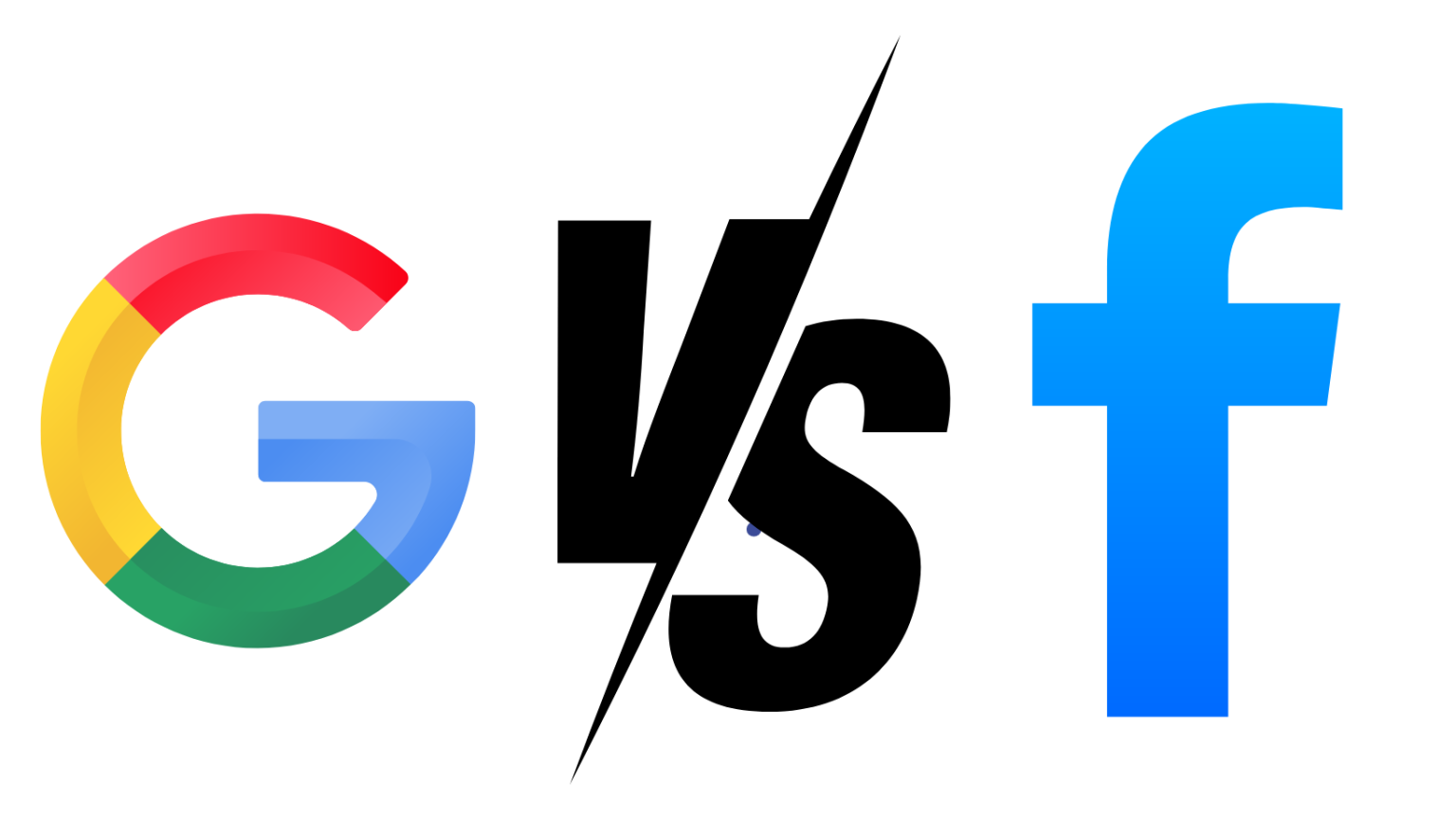Google Ads vs. Facebook Ads for Financial Services - Which One Works Best?

For financial service providers, a common question is:
“Should I invest in Google Ads or Facebook Ads?”
Both platforms can be effective, but their strengths lie in how and when they are used. Google Ads captures high-intent leads – people actively searching for financial services. Facebook Ads, on the other hand, pushes your message to an audience that may not be ready to take action.
This blog breaks down when to use each platform for maximum results.
Google Ads: Best for Immediate, High-Intent Leads
Google Ads is built around search intent, meaning your ad appears when someone is actively looking for a service.
For example, if a prospect searches “best mortgage broker Gold Coast”, they are in the market for a mortgage and ready to take action.
Why Google Ads Works for Financial Services
✅ Captures people ready to buy—less time wasted on unqualified leads.
✅ Shorter sales cycle—prospects are in decision-making mode.
✅ More predictable ROI—you only pay for traffic that is already interested.
Since most people will only get one or two mortgages in their lifetime, it doesn’t make sense to show them ads constantly. Instead, you want to be visible at the moment they need you—and that’s exactly what Google Ads does.
Facebook Ads: Best for Brand Awareness & Lead Nurturing
Unlike Google Ads, Facebook Ads interrupt users with your message rather than appearing when they’re actively searching. While Facebook’s targeting is advanced, most people aren’t looking for a mortgage, insurance, or financial planning service right now.
Challenges of Facebook Ads for Financial Services
🚫 Lower intent—most users don’t need financial services at the moment.
🚫 Longer conversion timeline—it may take months or years before they take action.
🚫 Repeated exposure required—someone may see your ad 50 times before they need your service.
However, Facebook Ads can still be valuable when used correctly. One of the best strategies is offering a lead magnet—such as a free guide or webinar—to capture email addresses and nurture leads over time.
Example:
- A mortgage broker runs a Facebook Ad offering “The First-Time Homebuyer’s Guide to Low-Interest Loans”.
- Prospects download the guide in exchange for their email.
- Over the next few months, the broker nurtures the lead through email marketing.
- When the prospect is finally ready for a mortgage, they remember and trust the broker.
While this method is long-term and harder to quantify, it builds brand awareness and positions you as an authority in your field.
Which One Works Best?
If you need immediate leads, Google Ads is the clear winner because it targets prospects at the exact moment they need your service.
If you want to build brand awareness and nurture leads over time, Facebook Ads can be useful—but it requires a long-term strategy and is harder to measure.
The best approach? Use both strategically.
✅ Google Ads for instant, high-quality leads.
✅ Facebook Ads for brand awareness & long-term lead nurturing.
By integrating Google Ads for direct conversions and Facebook Ads for brand positioning, you create a marketing system that captures both immediate and future clients.
For most financial service providers, Google Ads is the best choice for generating leads quickly. It aligns with how people search for financial services – when they actually need them.
Facebook Ads, while less effective for direct conversions, can help nurture future clients with lead magnets and email marketing. However, its results are harder to track and require a long-term approach.
At Linked Capital, we specialise in helping financial service providers attract high-intent clients through Google Ads and SEO.
